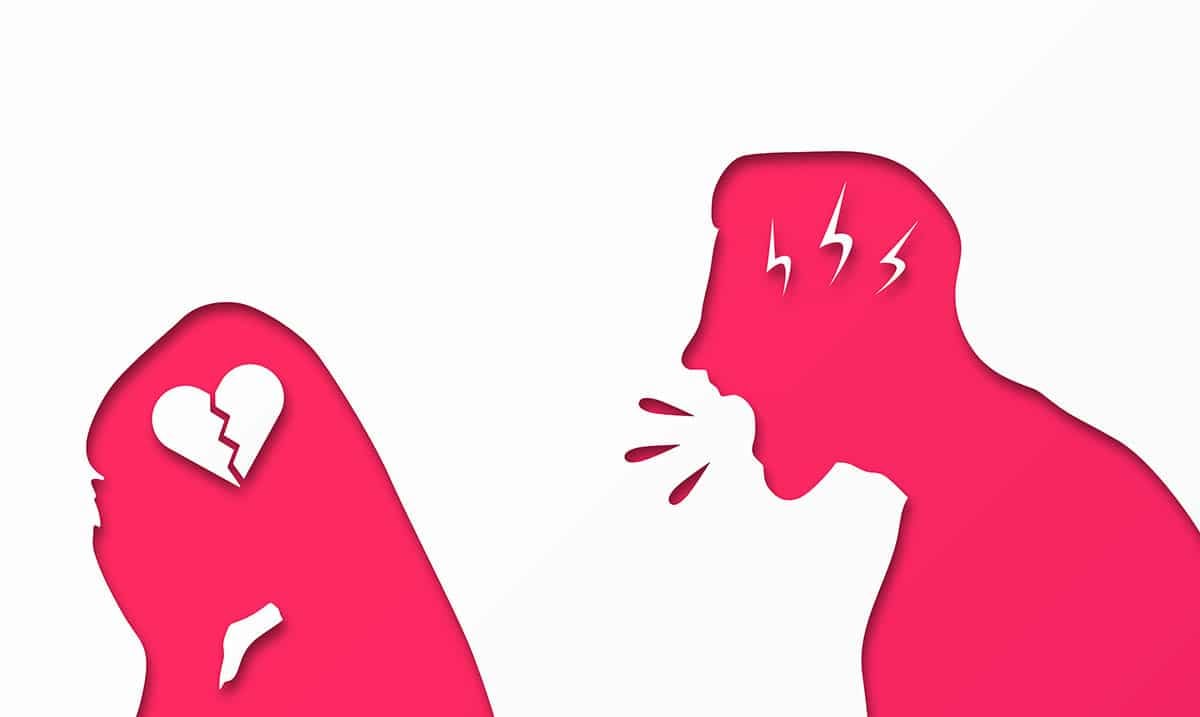Emotional abuse can be insidious, leaving lasting scars on victims and damaging the fabric of their relationships. It is crucial to recognize that abusive behaviors can manifest in ways that initially appear innocent or harmless. By shedding light on these seemingly benign tactics, we can develop a deeper understanding of emotional abuse and empower individuals to identify and address it in their relationships.
Belittling and Gaslighting
One of the most prevalent emotional abuse tactics is belittling or undermining the victim’s thoughts, feelings, or abilities. Abusers may make derogatory comments disguised as jokes, consistently downplay their partner’s accomplishments, or dismiss their emotions as irrational. Combined with gaslighting—a manipulative technique aimed at making the victim doubt their own perceptions and sanity—this can leave victims feeling confused, invalidated, and doubting their own self-worth. For victims looking to understand and heal from gaslighting, “The Gaslight Effect: How to Spot and Survive the Hidden Manipulation Others Use to Control Your Life” by Dr. Robin Stern provides insights and strategies.
Control and Isolation
Abusers often seek to control their partners’ lives by limiting their social interactions and isolating them from friends, family, and support networks. Initially, this may seem like an innocent desire to spend more time together or concern for their partner’s well-being. However, when an individual is constantly monitoring their partner’s activities, demanding constant contact, or restricting their freedom, it becomes a form of emotional abuse that isolates the victim and undermines their independence. “Why Does He Do That?: Inside the Minds of Angry and Controlling Men” by Lundy Bancroft delves into the psychology behind controlling behaviors.
Withholding Affection and Intimacy
Emotional abusers may withhold affection, intimacy, or emotional support as a means of control. They may use the silent treatment, withholding physical or emotional intimacy, or intentionally creating distance to manipulate their partner’s emotions. This subtle tactic can lead the victim to question their worthiness of love and foster a sense of unworthiness, leaving them desperate for any sign of affection or validation. For those seeking to heal from emotional wounds, “The Journey from Abandonment to Healing: Revised and Updated” by Susan Anderson offers guidance and steps toward recovery.
Constant Criticism and Undermining
Emotional abusers often engage in a pattern of constant criticism, focusing on their partner’s flaws, mistakes, or perceived inadequacies. They may use constructive criticism as a guise to erode the victim’s self-esteem and self-confidence, leaving them feeling constantly judged and unable to meet the abuser’s ever-changing expectations. Over time, this can significantly damage the victim’s self-image and create a cycle of self-doubt and reliance on the abuser for validation. A recommended resource for rebuilding self-esteem is “You Are Enough: How to Elevate Your Thoughts, Align Your Energy and Get Out of the Comparison Trap” by Cassie Mendoza-Jones.
Manipulative Guilt and Blame
Abusers frequently employ manipulative tactics such as guilt-tripping and blame-shifting to maintain control over their victims. They may use phrases like “If you loved me, you would…” or “It’s your fault I’m upset” to deflect responsibility for their actions and make the victim feel responsible for their emotional well-being. This manipulation erodes the victim’s self-worth, fosters a sense of guilt, and keeps them trapped in a cycle of abuse.
Recognizing emotional abuse can be challenging, especially when it presents itself in seemingly innocent or subtle ways. By understanding the tactics employed by emotional abusers, we can develop a heightened awareness of these harmful behaviors and work towards creating healthier, more supportive relationships. It is essential to prioritize open communication, mutual respect, and setting boundaries to foster relationships built on trust and emotional well-being. If you suspect you or someone you know may be experiencing emotional abuse, seeking support from trusted friends, family, or professionals can be the first step toward breaking free from the cycle of abuse. Additionally, “Healing from Hidden Abuse: A Journey Through the Stages of Recovery from Psychological Abuse” by Shannon Thomas provides a roadmap for those on the healing journey.

